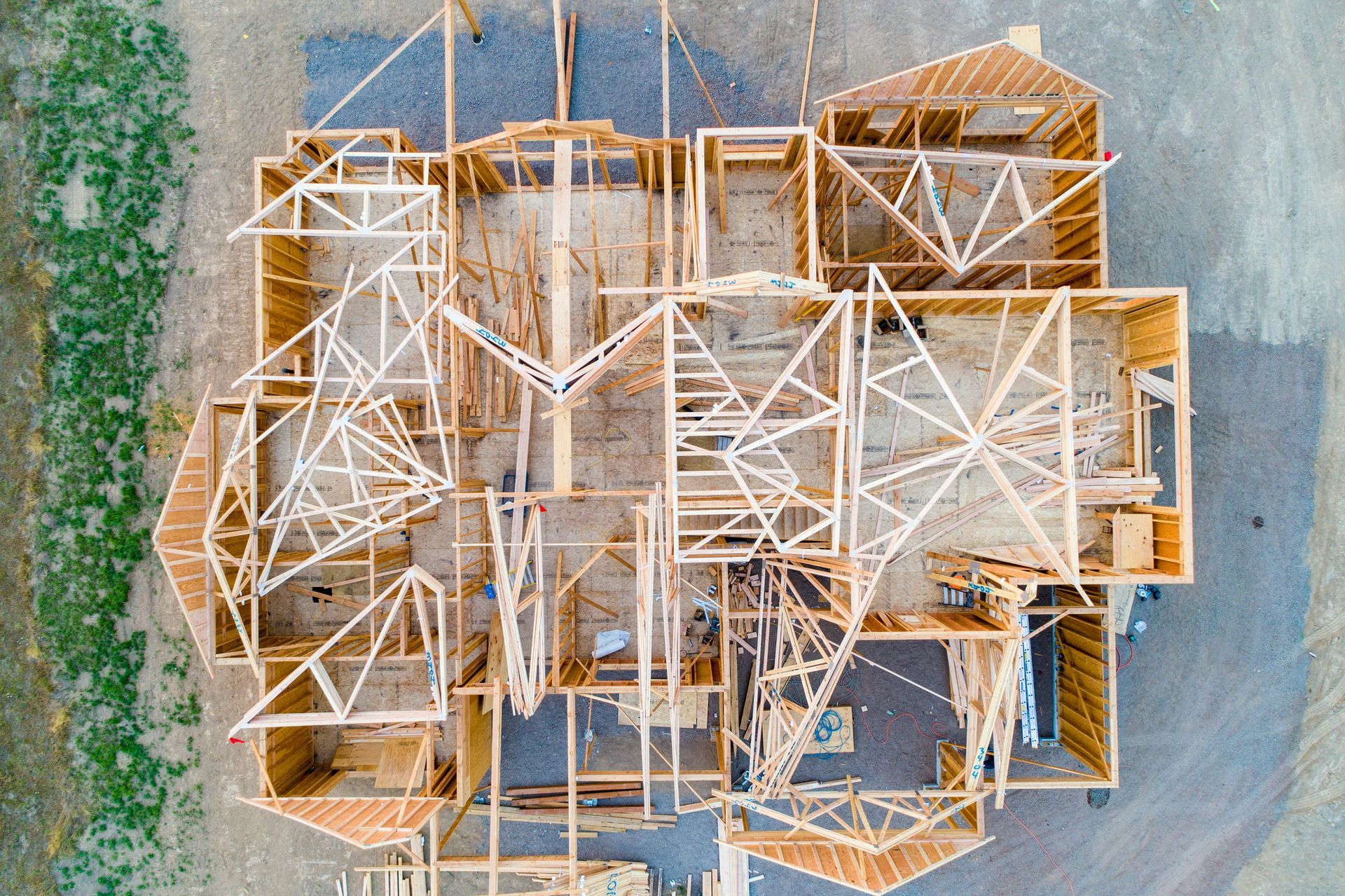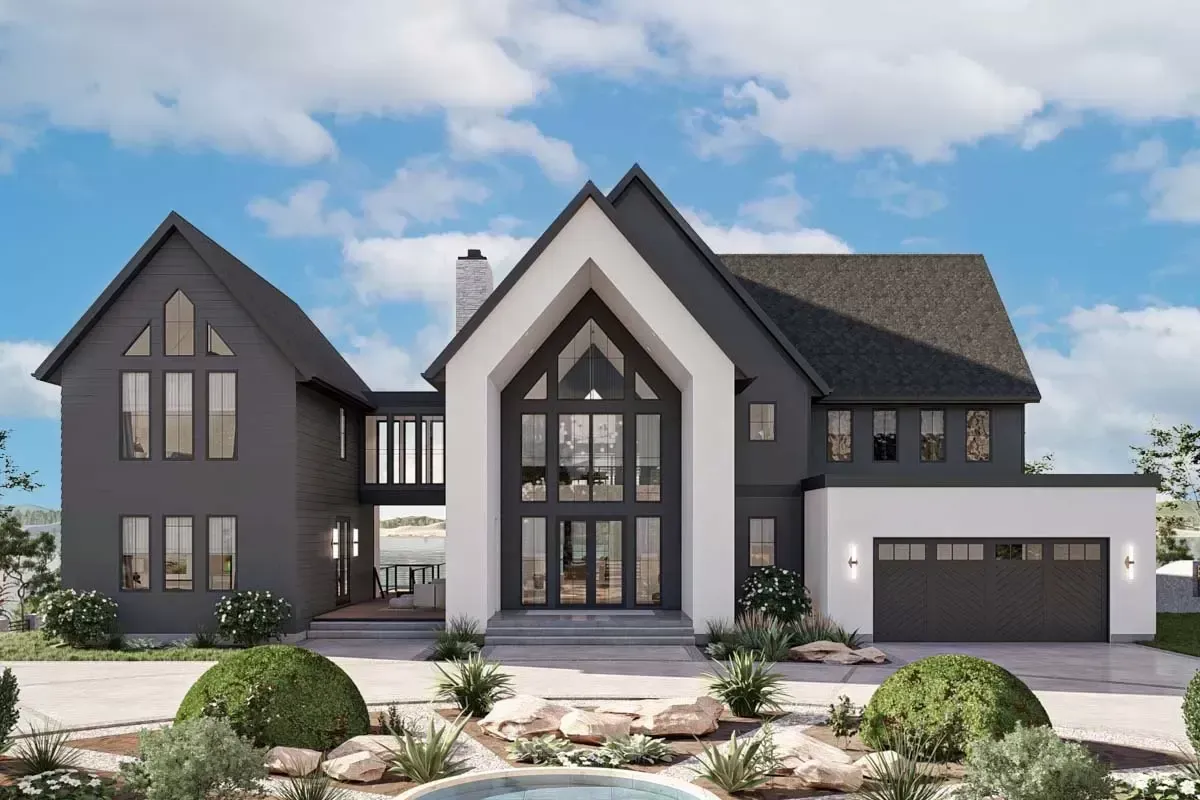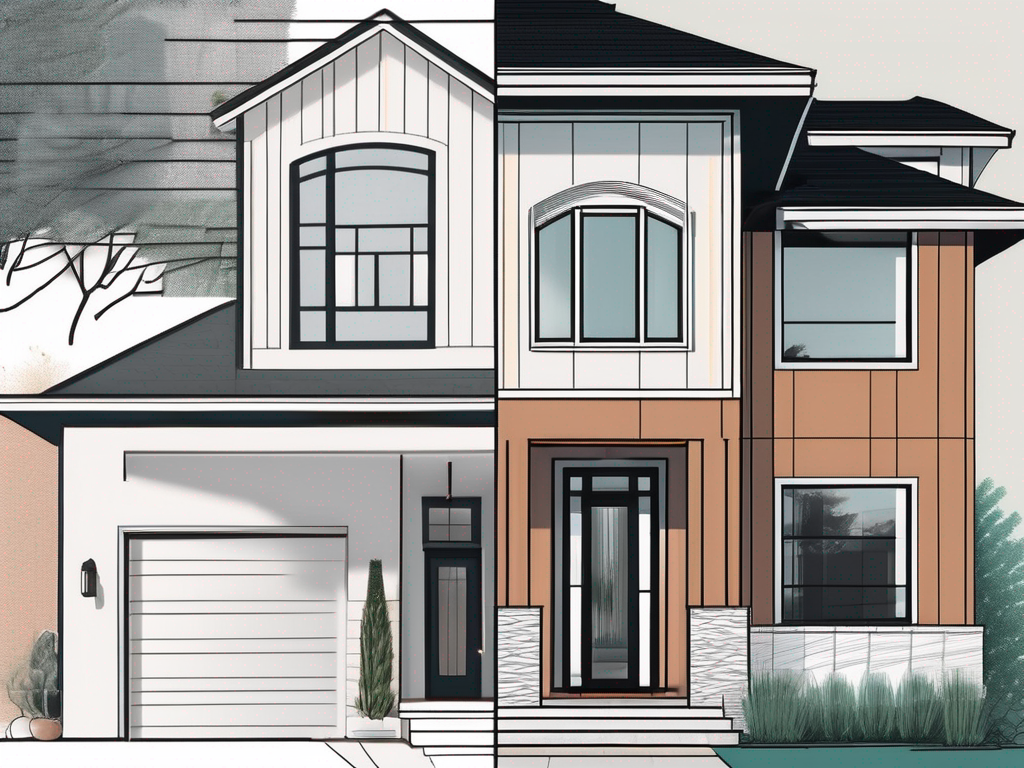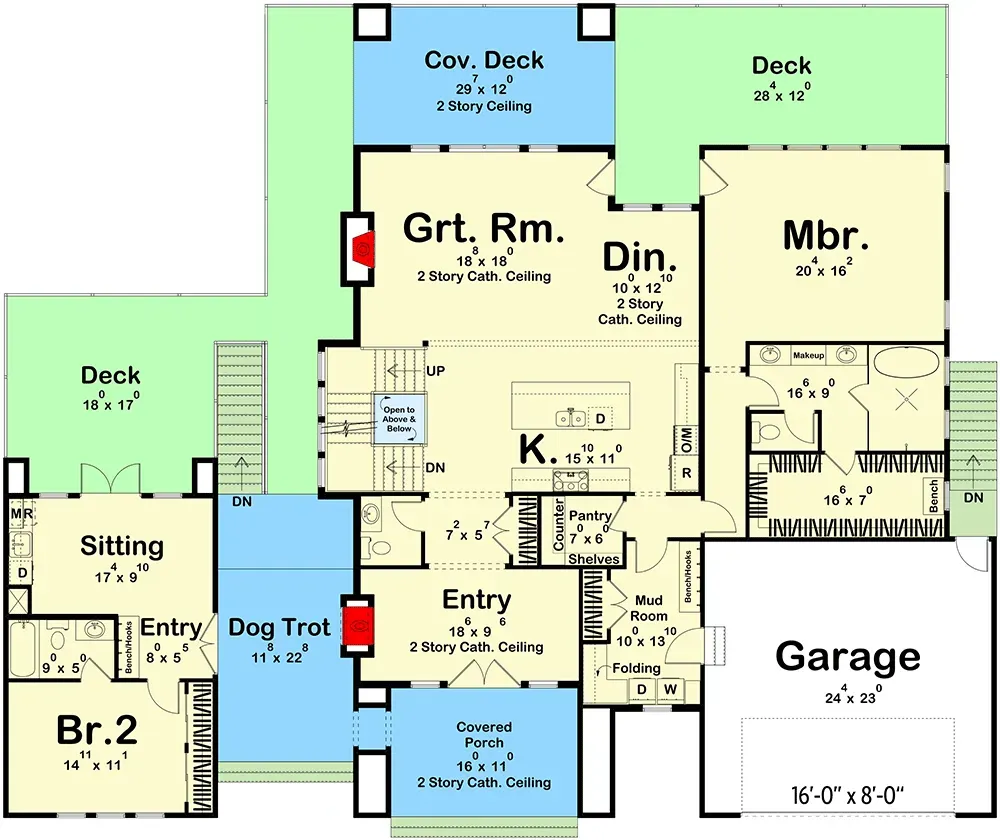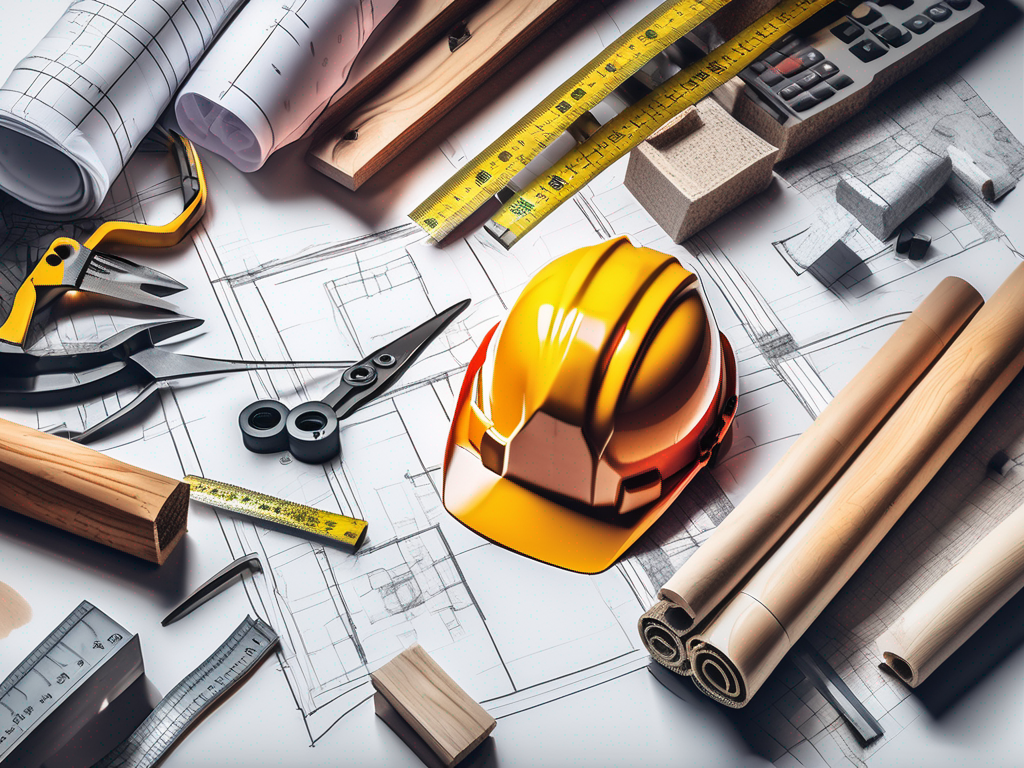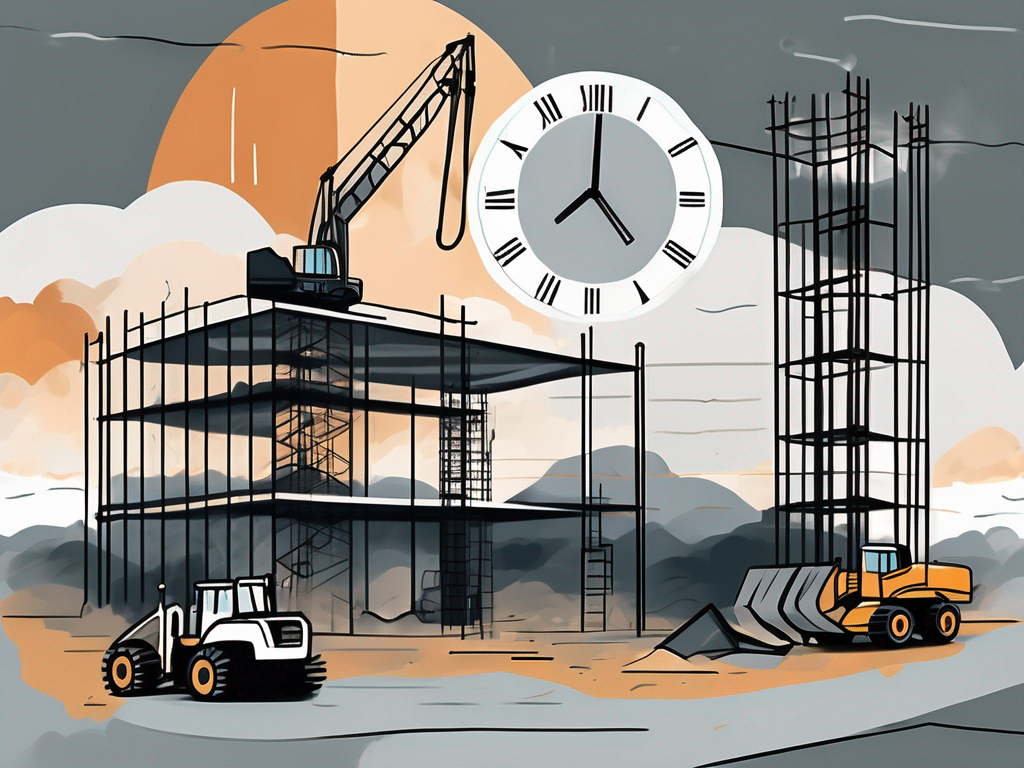The Role of an Architect in the Home Building Process
The Role of an Architect in the Home Building Process
Building a home is a significant investment, and one of the key players in this process is the architect. An architect not only designs the structure but also plays a vital role throughout different phases of home construction. This article will explore the various responsibilities architects have, their involvement in different stages, collaborating with other professionals, and their impact on sustainability and cost efficiency.
Understanding the Architect's Role
The role of an architect extends beyond just creating aesthetic designs. Architects are responsible for ensuring that the home is functional, safe, and meets the needs of the occupants. They integrate technical knowledge, design skills, and an understanding of local building codes to create residential spaces that are not only pleasing to the eye but also practical.
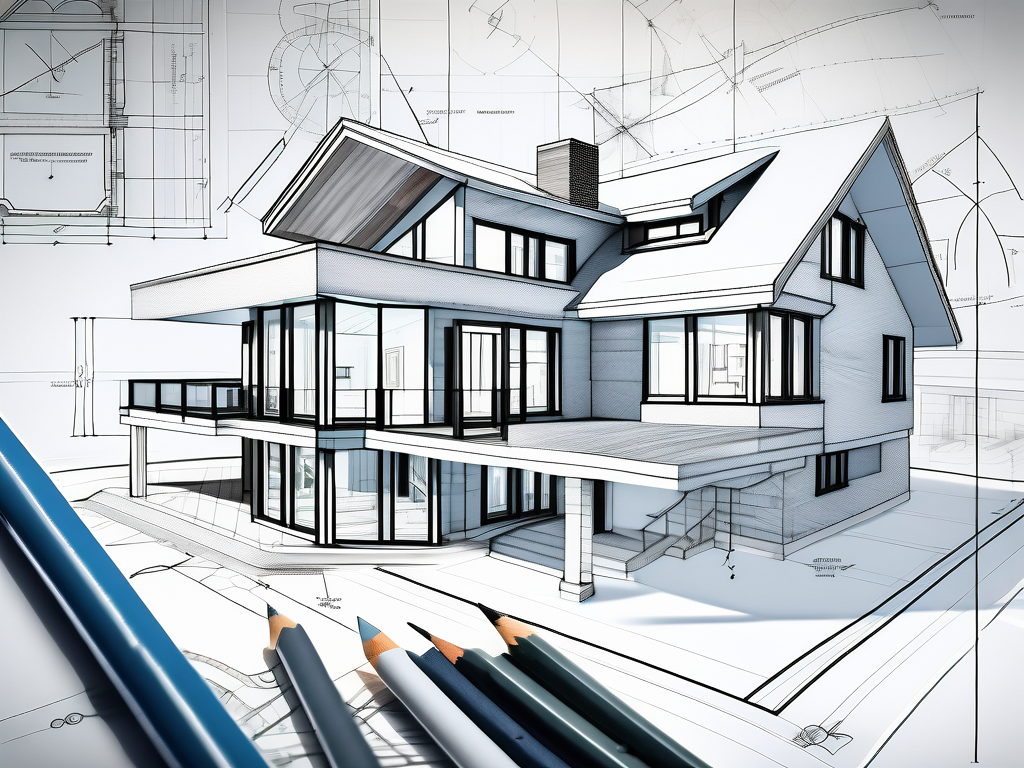
Defining the Job of an Architect
An architect is a licensed professional who leads the design process and helps to turn ideas into tangible structures. Their job involves understanding client requirements, developing plans, and creating blueprints. They utilize software and other design tools to visualize the project and ensure all elements are correctly aligned.
Moreover, architects must have a comprehensive understanding of construction materials, engineering principles, and environmental considerations. This knowledge allows them to forecast potential problems during the construction phase and devise solutions early in the process. They also stay updated on the latest trends in sustainable design, which is becoming increasingly important as homeowners seek eco-friendly solutions that minimize environmental impact while maximizing energy efficiency.
The Importance of an Architect in Home Building
Hiring an architect is crucial in the home building process. They not only help in creating a well-thought-out design but also play a significant role in maintaining the project schedule and budget. Their expertise can lead to a more streamlined construction process, preventing costly mistakes and delays.
Additionally, architects serve as a bridge between the homeowner and various stakeholders, including contractors, engineers, and suppliers. Their communication skills and problem-solving abilities facilitate a smoother workflow and enhance team collaboration. They also advocate for the homeowner's vision, ensuring that the final product aligns with the initial concept while adhering to practical constraints. This advocacy can be particularly vital when navigating complex zoning laws or negotiating with contractors to achieve the best results.
Furthermore, architects often incorporate innovative technologies into their designs, such as Building Information Modeling (BIM), which allows for a more integrated approach to construction. This technology enables architects to create detailed 3D models that can be easily modified, ensuring that any changes made during the design phase can be accurately reflected in the final build. This not only enhances precision but also fosters a collaborative environment where all parties can visualize the project in its entirety, leading to more informed decision-making and ultimately, a more successful outcome.
The Architect's Involvement in Different Stages
The architect’s role is not limited to the initial design phase; they are actively involved in multiple stages of home building, ensuring consistency and quality throughout the entire project.
Initial Design and Planning
The first stage of an architect's involvement is often the design and planning phase. This is where they meet with clients to understand their vision, preferences, and budget. The architect conducts site assessments and considers various factors like zoning restrictions, site orientation, and natural light.
After gathering all the necessary information, the architect begins sketching preliminary designs. This phase often includes selecting materials, color schemes, and architectural styles that align with the client's desires. They also incorporate sustainable practices into the design, such as energy-efficient systems and eco-friendly materials, which not only benefit the environment but can also lead to long-term savings for the homeowner.
Overseeing Construction
Once the design is finalized and approved, the architect plays a crucial role in overseeing the construction process. This ensures that the contractor adheres to the original plans and specifications. They visit the site regularly to monitor progress and provide guidance to the construction team.
During this phase, architects also manage any alterations or changes that may arise, ensuring that they are properly documented and approved by the client. This oversight helps prevent any deviations from the agreed-upon design and materials. Furthermore, architects often act as mediators between the client and the construction team, facilitating effective communication and resolving any disputes that may occur, thereby fostering a collaborative environment that is essential for the project's success.
Post-Construction Responsibilities
After construction is complete, architects are responsible for post-construction services, which may involve site inspections and obtaining necessary permits. They ensure all systems are functioning correctly and that the home is built to code.
Additionally, architects can provide as-built drawings and maintenance guidelines, giving homeowners the information needed to care for their new property effectively. Their ongoing support can be invaluable, especially in fulfilling warranty obligations and addressing any unforeseen issues that arise after moving in. Architects may also offer advice on future renovations or expansions, helping homeowners envision how their space can evolve over time to meet changing needs. This foresight can enhance the longevity and adaptability of the home, making it a more valuable investment in the long run.
Collaborating with Other Professionals
Architects often collaborate with a variety of professionals throughout the home building process. This collaboration is essential to ensure that all aspects of the home are well coordinated and function as intended.
Working with Contractors and Engineers
One of the main aspects of an architect's job is to work closely with contractors and engineers. The architect provides the detailed design plans, while contractors build according to those specifications. This partnership helps to clarify project expectations and reduces the chances of miscommunication that could lead to errors.
Furthermore, architects collaborate with structural and mechanical engineers to ensure that the home meets necessary safety standards and operates efficiently. This teamwork extends the effectiveness of the design, ensuring that the final product is both visually appealing and structurally sound.
Coordinating with Interior Designers
Another important collaboration occurs with interior designers. While architects focus on the overall structure and layout, interior designers concentrate on the interior spaces, materials, and furnishings that make a house feel like a home.
Involving interior designers early in the process allows for a cohesive vision that bridges structural elements with functional and decorative aspects. Architects and interior designers work together to ensure every room fulfills the intended purpose while maintaining a harmonious aesthetic.
The Architect's Impact on Sustainability and Efficiency
Today's architects are increasingly focused on creating sustainable and efficient living spaces, responding to growing concerns about the environment and resource conservation. This shift has made them indispensable in designing homes that are not only beautiful but also eco-friendly.
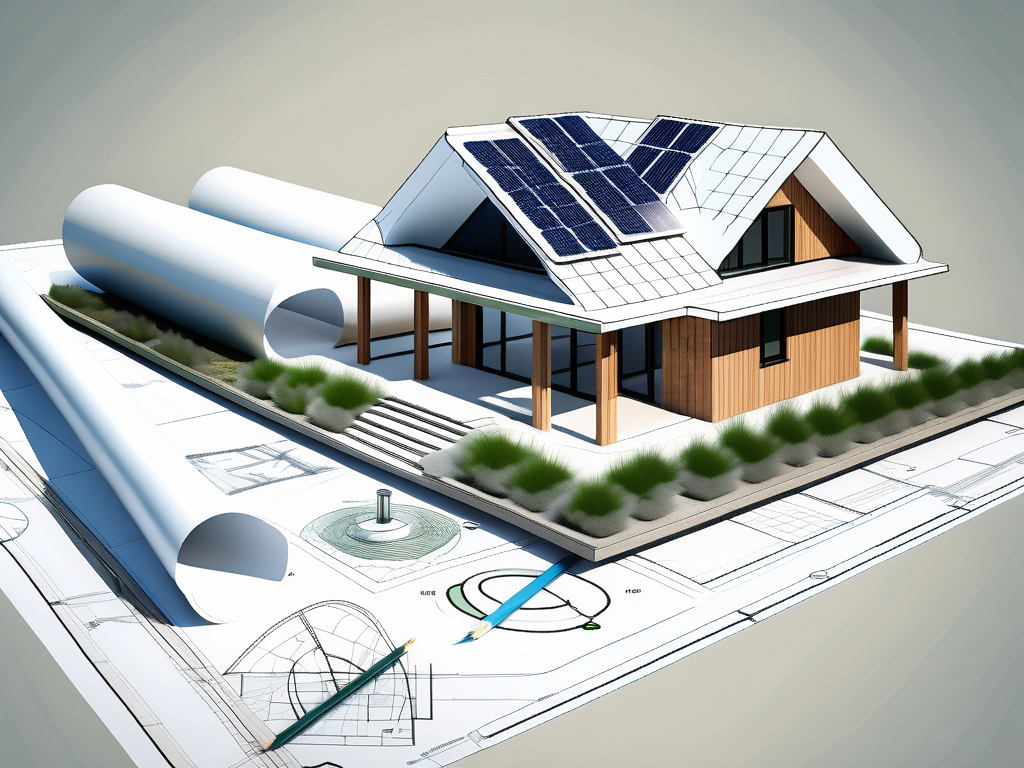
Incorporating Green Design Principles
Architects play a pivotal role in integrating green design principles into home designs. They consider factors such as site orientation, natural ventilation, and the use of sustainable materials to minimize a home's carbon footprint.
They may also suggest features like green roofs, rainwater harvesting systems, and renewable energy sources such as solar panels to create buildings that are more harmonious with their environment. Their expertise can lead to significant reductions in energy usage and a healthier living environment.
Ensuring Energy Efficiency in Home Design
Energy efficiency is another vital aspect of home design in which architects excel. They work to create layouts that optimize natural light and ventilation, reducing the need for artificial lighting and climate control systems.
By using high-quality insulation materials and energy-efficient windows, architects can help homeowners save significantly on utility bills, translating into long-term financial benefits. Their focus on energy efficiency not only benefits homeowners but also aligns with broader environmental goals.
The Financial Aspect of Hiring an Architect
One common concern among homeowners is the cost of hiring an architect. However, understanding the financial implications reveals that engaging an architect can be a wise investment.
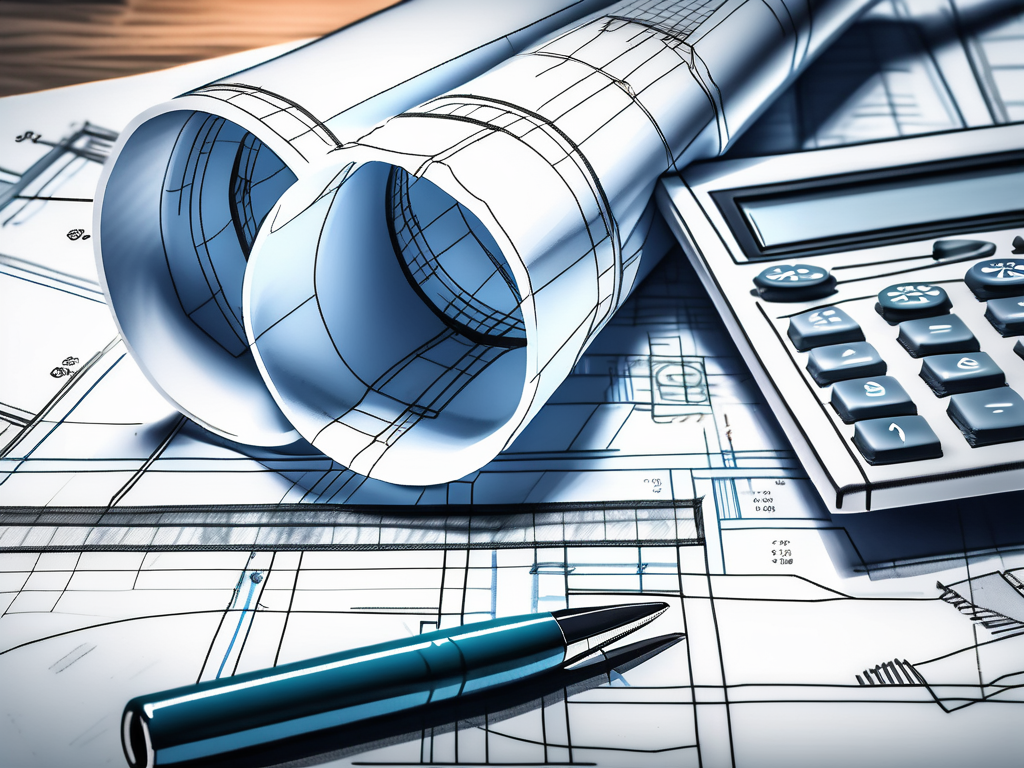
Cost-Benefit Analysis of Using an Architect
While some may initially cringe at the thought of architect fees, a cost-benefit analysis often indicates long-term gains. An architect brings a wealth of knowledge that can significantly improve a project's final outcome, help avoid design errors, and secure permits efficiently.
Furthermore, their involvement can mitigate construction issues that lead to budget overruns, which, in the end, creates a more cost-effective project overall. This points to the notion that the benefits of hiring an architect can outweigh initial costs, making their expertise well worth the investment.
How Architects Can Save You Money in the Long Run
Hiring an architect can, in fact, save money over the long haul. By avoiding costly mistakes during construction and ensuring the design is optimal for energy efficiency, homeowners can realize significant savings. Additionally, their strategic approach to material selection can lead to durability and reduce maintenance costs.
Involving an architect like TurnKey Homes, known for their expertise in modern home design and construction, can enhance the chances of creating a home that is not only beautiful but also cost-effective to maintain and operate over its lifetime.
Summary
- Architects are essential in the home building process, providing design, oversight, and sustainable solutions.
- They are involved in various stages: from initial design to post-construction responsibilities.
- Collaboration with other professionals, including contractors and interior designers, is key for successful projects.
- Architects focus on sustainability and energy efficiency to create homes that are eco-friendly and cost-effective.
- While hiring an architect incurs a cost, it often leads to long-term savings through better design and construction oversight.
In conclusion, the role of an architect in the home building process is multifaceted and significantly impacts the success of residential projects. Their expertise can lead to better design, efficiency, and sustainability, proving beneficial for homeowners in both the short and long term.
Let’s talk about your project
Fill out the form, or call us to set up a meeting at
We will get back to you as soon as possible.
Please try again later.



